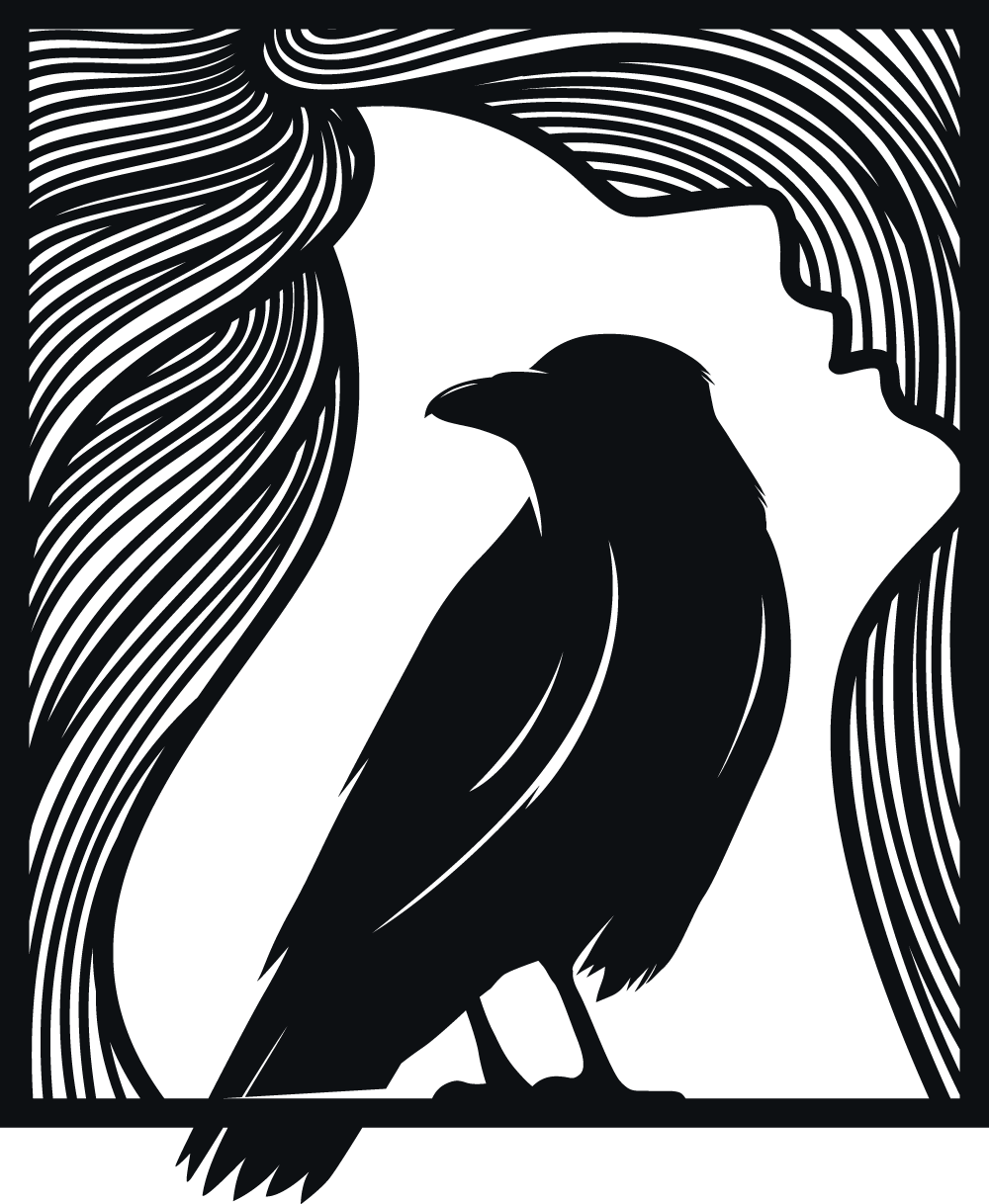
The Egyptian pantheon is one of the most ancient and complex pantheons in human history, with a deep influence on modern paganism and spiritual practices. The gods and goddesses of ancient Egypt, often referred to as Neteru, were closely associated with aspects of nature, life, death, and the cosmos. Central to Egyptian belief were the ideas of ma’at(order, balance) and the afterlife, with a rich mythology that tied deities to daily life and cosmic events.
Key Deities:
- Ra: The sun god and creator, who sailed across the sky during the day and journeyed through the underworld at night.
- Isis: The goddess of magic, motherhood, and healing. Isis became one of the most widely venerated deities in both ancient and later pagan traditions.
- Osiris: The god of the afterlife and resurrection, central to Egyptian death rituals and the belief in rebirth.
- Sekhmet: The goddess of strength, protection and empowerment
- Anubis: The jackal-headed god of mummification and the protector of the dead.
Egyptian Pantheon in Modern Paganism:
In neo-paganism and Kemeticism (modern worship of Egyptian deities), the Egyptian gods are revered for their connections to nature, magic, and the cycles of life and death. Festivals and rituals are inspired by ancient practices, such as honoring Osiris during the harvest or invoking Isis in healing and protection spells. Ma’at, the concept of cosmic order, also plays a significant role in contemporary pagan beliefs, focusing on harmony, justice, and living in balance with the universe.
The Egyptian pantheon remains influential today in pagan traditions for its focus on the interconnectedness of life, the afterlife, and the natural world.

